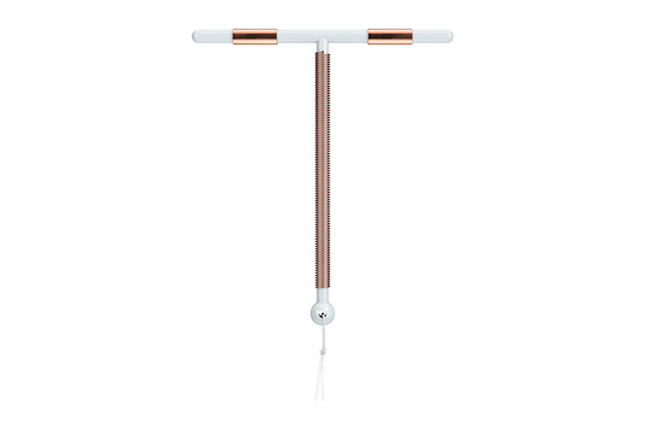
Introducing
Paragard Single-Hand Inserter
Inserting Paragard just got easier!1
1. Paragard® Package Insert. Trumbull, CT: CooperSurgical, Inc. 2024
Indications and Usage
Paragard is a copper-containing intrauterine system (IUS) indicated for prevention of pregnancy in females of reproductive potential for up to 10 years.

Important Safety Information
Contraindications
- The use of Paragard® is contraindicated when one or more of the following conditions exist:
- Pregnancy or suspicion of pregnancy, abnormalities of the uterus resulting in distortion of the uterine cavity, acute pelvic inflammatory disease (PID), postpartum or postabortal endometritis in the past 3 months, known or suspected uterine or cervical malignancy, uterine bleeding of unknown etiology, untreated acute cervicitis or vaginitis or other lower genital tract infection, conditions associated with increased susceptibility to pelvic infections, Wilson’s disease, a previously placed IUS that has not been removed, hypersensitivity to any component of Paragard including to copper or any of the trace elements present in the copper component of Paragard.
Warnings & Precautions
- Ectopic Pregnancy: Evaluate for possible ectopic pregnancy in any female who becomes pregnant while using Paragard.
- Intrauterine Pregnancy: Failure to remove Paragard increases the risk of miscarriage, sepsis, premature labor, and premature delivery.
- Sepsis: Severe infection or sepsis, including Group A Streptococcal Sepsis (GAS), have been reported following insertion of IUSs, including Paragard.
- Pelvic Inflammatory Disease and Endometritis: Remove Paragard in cases of recurrent PID or endometritis, or if an acute pelvic infection is severe or does not respond to treatment.
- Embedment: Partial penetration or embedment of Paragard in the myometrium can make removal difficult; surgical removal may be necessary. Breakage of an embedded Paragard during non-surgical removal has been reported.
- Perforation: Partial or total perforation of the uterine wall or cervix may reduce contraceptive efficacy and result in pregnancy. Delayed detection or removal of Paragard may result in migration outside the uterine cavity, adhesions, peritonitis, intestinal penetration, intestinal obstruction, abscesses and/or damage to adjacent organs. Increased risk when the uterus is fixed, retroverted or not completely involuted during the postpartum period. If perforation does occur, locate and remove Paragard promptly.
- Expulsion: Partial or complete expulsion of Paragard has been reported, resulting in the loss of contraceptive protection. The risk of expulsion may be increased when the uterus is not completely involuted at the time of insertion. Remove a partially expelled Paragard.
- Wilson’s Disease: Paragard may exacerbate Wilson’s disease.
- Bleeding Pattern Alterations: Paragard can alter the bleeding pattern and result in heavier and longer menstrual cycles with intermenstrual spotting.
- Magnetic Resonance Imaging (MRI) Safety Information: Non-clinical testing has demonstrated that Paragard is MR Conditional.
- Medical Diathermy: Avoid using high medical RF transmitter devices in females with Paragard.
Adverse Reactions
- Adverse reactions reported in clinical trials include anemia, backache, dysmenorrhea, dyspareunia, expulsion (complete or partial), prolonged menstrual flow, menstrual spotting, pain and cramping, and vaginitis.
Please see Full Prescribing Information.
Paragard® is a registered trademark of CooperSurgical, Inc. All Rights Reserved.






